5 essential problems with speed bumps!
Imagine a situation where you’re riding your vehicle at high speed and hit an unforeseen bump in the road.
At first, you don’t realize it, but after parking your vehicle, you spot some fluid leaking from your vehicle and paint rusting. All of this infuriates you, and you think, how can this happen? Well, you are the one responsible for it.
According to plenty of sources, most vehicle damage, collisions, and crashes occur due to over-speeding. It’s one of the main agendas of speed bumps to reduce the vehicle’s speed, regardless of the car damage.
Speed bumps were first seen in New Jersey in the early 20th century. After several decades, it became a popular traffic management system.
Since then, transportation engineers have produced several variants of speed bumps, including ramps, speed humps, speed tables, and speed cushions.
The first speed bump was primarily made of concrete and asphalt material. Quite recently, the Department of Transportation has been producing speed bumps of new material, including recycled plastic and rubber.
No matter how much innovation takes place in traffic calming measures, they can cause damage to vehicles to a certain extent. Let’s see what can happen to your vehicle.
Do you want to know more about this topic? We also have an article talking about the role of speed bumps.
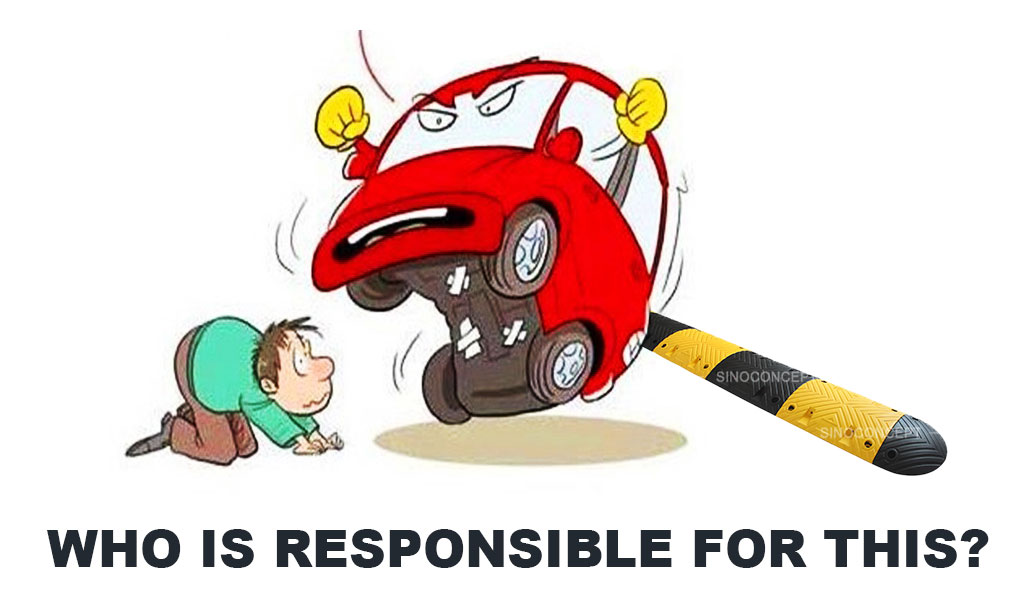

Discover here our full range of Speed Bumps UK!
Can speed bumps damage a car?
According to one survey, around one-fifth of drivers reported that speed bumps could heavily damage their vehicles. The major cause was overspeeding.
When your vehicle comes in contact with speed bumps, there can be heavy damage to the shock system of the vehicle. If it’s compromised, it can disturb the entire wheel alignment of the car, which can, in turn, affect the car’s steering.
Similarly, the vehicle’s exhaust is located at the end of the vehicle, and it comes in direct contact with the speed bump if the speed is too fast. Therefore, there is a high possibility that there can be possible damage to the vehicle’s exhaust system.
These are just the general damages that can occur. Moreover, another disadvantage of speed breakers includes delays for emergency vehicles.
Emergency vehicles, including fire trucks, ambulances, buses, and police vehicles, have to reach their destinations on time, or else there are serious repercussions. If they come in contact with frequent speed bumps, there is a chance that they might arrive late.
Therefore, there can be a possible delay in emergencies and unforeseen impediments. Elsewhere, let’s briefly see the relationship between the damage and speed bumps.
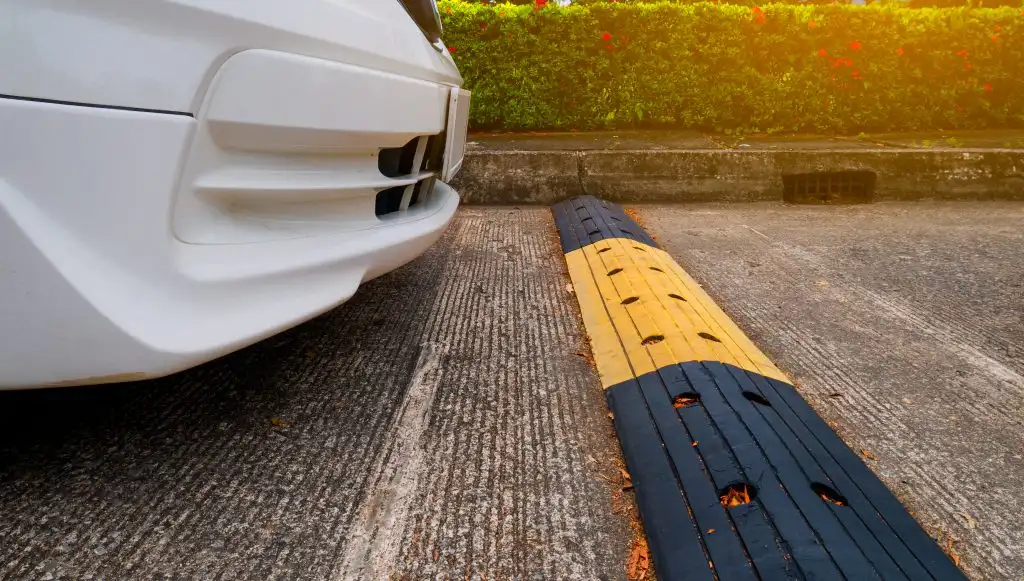
Are speed bumps bad for car suspensions?
According to many drivers, there was substantial damage to the suspension system of a vehicle. Car suspension includes stuff like springs and dampers responsible for absorbing shock and ensuring a smooth ride.
The shock system works in such a way that it absorbs all the impact and vibrations from the highs and lows of driving. Therefore, your driving experience is uninterrupted and smooth.
However, the suspension is the main system, and speed bumps can cause disruption too. Whenever you drive over a speed bump at high speed, the impact is so quick that your vehicle can’t absorb the shock in time. Therefore, it can cause leakage in the car’s hydraulics and steering.
The shocks can also disrupt the wheeling alignment because the constant shock disruption can develop issues for the power steering. Your vehicle may go out of line and away because of misalignment.
However, it depends on the impact and the specifications of your vehicle. Nevertheless, a severe blow to the car suspension might cause damage to other components of the vehicle, including steering, leakage, and alignment.
Therefore, you should drive slowly over road bumps, or the constant disruption might lead to severe accidents, fatalities, and injuries.
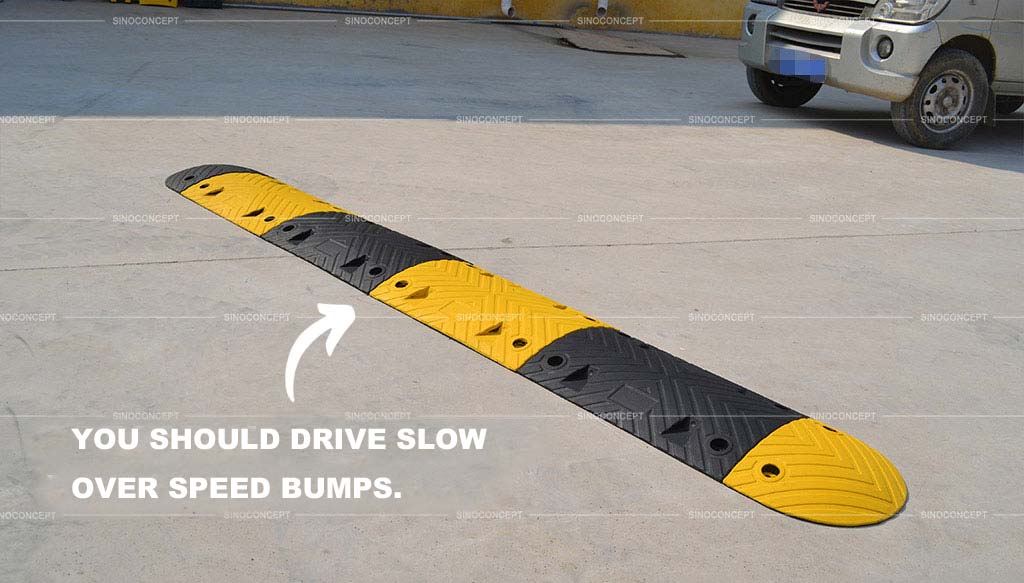
Can speed bumps cause oil leaks?
Speed bumps can cause oil leaks, but this doesn’t occur frequently. Apart from the other damages, this can rarely happen because the oil pan of vehicles is made of heavy-duty steel material, which doesn’t break easily. An oil pan is a compartment where most of the engine oil is stored in the vehicle.
Several factors can cause an oil leak in your vehicle, including a damaged oil filter and a damaged gasket. If you run over a speed bump at a relatively high speed, it’s likely that your oil pan may disintegrate from the gasket of your car, and it may cause minor oil leaks from the vehicle.
A damaged oil pan can leave oil patches and might need quick attention. Sometimes, the oil pan plug might also disintegrate due to constant contact with the highs and lows of the road. Therefore, it can create a place for the oil to leak.
While very uncommon, these are a few factors that can cause oil leaks in a vehicle.
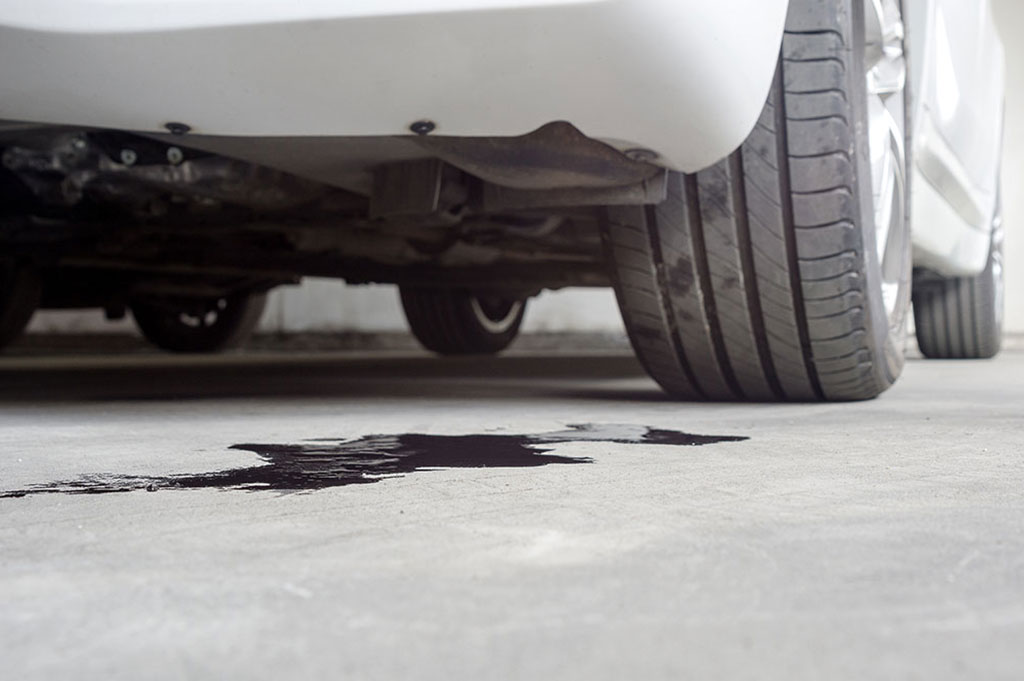
You have already read a good part of this article, 👀
We've
got the impression that you like it. 🙂
👇🏻
IF YOU ARE LOOKING TO WORK DIRECTLY WITH A MANUFACTURER,
FEEL FREE TO CONTACT US. WE ARE VERY HAPPY TO HELP!
Can speed bumps damage tires?
According to one survey, around half the respondents claimed that speed bumps could damage car tires.
If you follow the requirements of speed bumps thoroughly, there will be no damage to your vehicle’s tires. However, your tires are at risk of a blowout and a shorter lifespan if you go too fast over a speed bump.
Anything but the tires’ sidewalls shouldn’t touch the road. Contact with sidewalls may potentially pose a threat to the blowout and tear of the vehicle.
Therefore, it’s relatively important to drive slower, or else the roads might drive the tires to the ground, reflecting the need for replacement at a substantial cost.
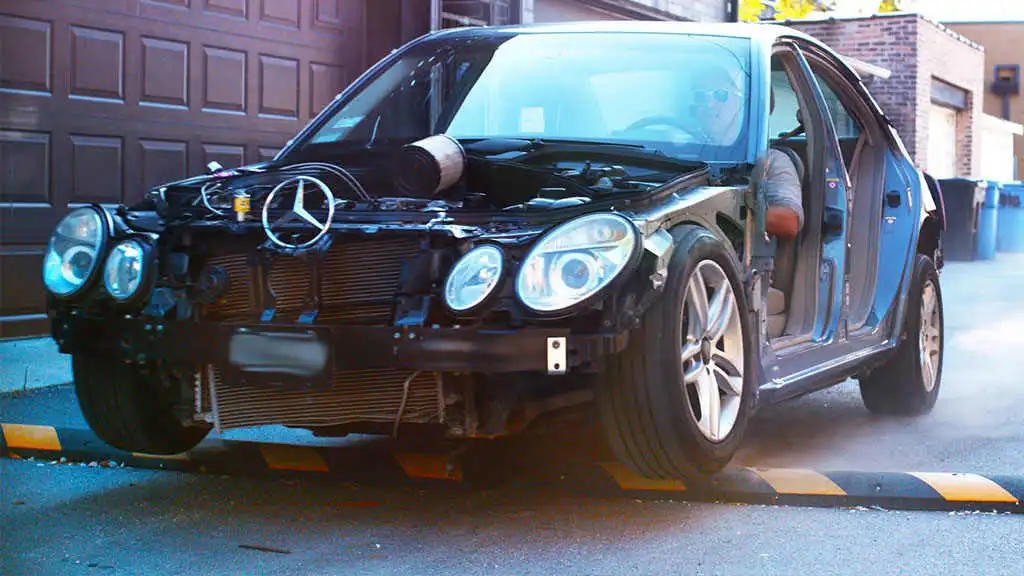
Speed bumps effect on noise pollution
While it may seem that speed bumps will reduce the speed and possibly the traffic noise, you’re far from the truth.
Speed bumps may still contribute to the rising traffic noise and may not hinder it. It means that your sleep will still get disturbed, and you’ll wake up hallucinating after hearing the screeching sound.
Now, the major question arises: Why does the sound still exist after installing speed bumps? The only underlying reason is that the constant vehicle acceleration and deceleration near the speed bumps cause traffic noise to rise.
As a result, property owners avoid installing speed bumps near their neighbourhoods because of the disturbance.
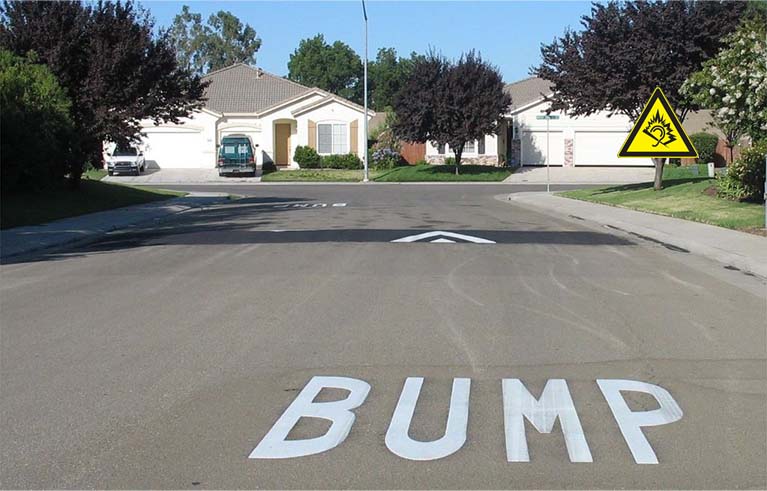
If not speed bumps, then how do you avoid traffic problems?
Traffic engineers are always on the lookout and search for the best alternatives to ensure pedestrian safety and traffic control. Authorities like the city council, Vision Zero, and federal highway administration install traffic control devices in various jurisdictions and municipalities.
Some of the areas where speed bumps are important include parking lots, pedestrian zones, city streets, urban areas, and school lanes. These are the vertical deflection methods for traffic control. Some of the horizontal deflection devices are as follows:
Police enforcement can use traffic cones, road closures, and a barricade to divert traffic and speed control—strict measures for motorists to encourage speed reduction through fines, warning signs, and speeding tickets.
There can be the installation of roundabouts, traffic circles, chicanes, sidewalk extensions, raised sections, and boulevards, which can create traffic diversion and reduce discomfort and traffic congestion.
There can be safety programs that can educate the public about traffic signals, traffic lanes, traffic lights, and safety measures regarding seatbelt use.
There can be diverters and pavement markings allowing separate bike lanes for bicyclists and cyclists.
Last but not least, there should be the implementation of signages like stop signs, speed limit signs, regulatory signs, speed bump signs, and traffic signs, which can improve safety. Moreover, it can help motorists to reduce their dynamic speed because of a hindrance ahead.
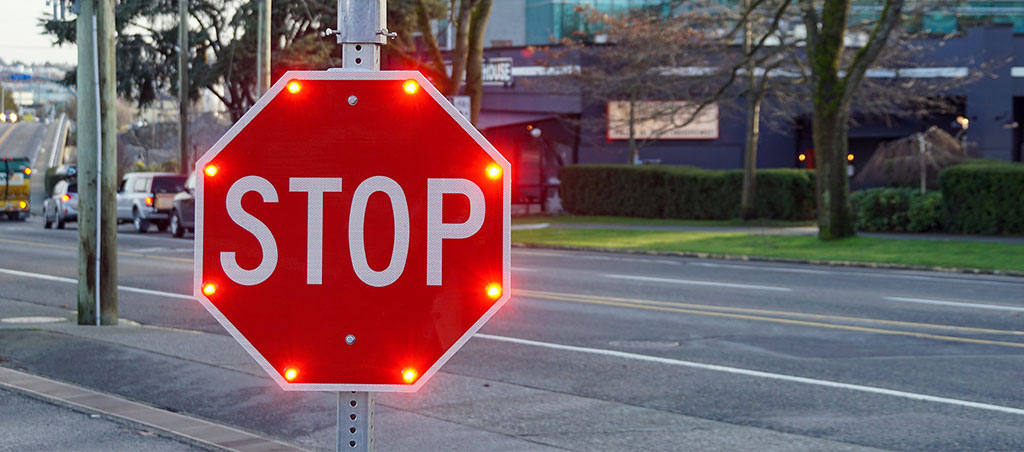
Conclusion
No matter how much innovation takes place in traffic calming measures, speed bumps will always remain as they have existed for so many decades.
While they can cause severe wear and tear to vehicles, they are for the purpose of safety and reducing the miles per hour (mph) of vehicles. They are there to inform motorists of speed reduction and the consequences of not following the speed limit.
Indeed, they have been successful in reducing speed and improving pedestrian safety. Whether you like them or not, they provide road security for a lot of people.
It’s up to you. You have to decide whether you want to have peace of mind while crossing the road and not worry about casualties or motor vehicle crashes.
If you have decided, get your rubber speed bump for your driveway exclusively from Sino Concept.
👇🏻
IF YOU ARE LOOKING TO WORK DIRECTLY WITH A MANUFACTURER,
FEEL FREE TO CONTACT US. WE ARE VERY HAPPY TO HELP!




















